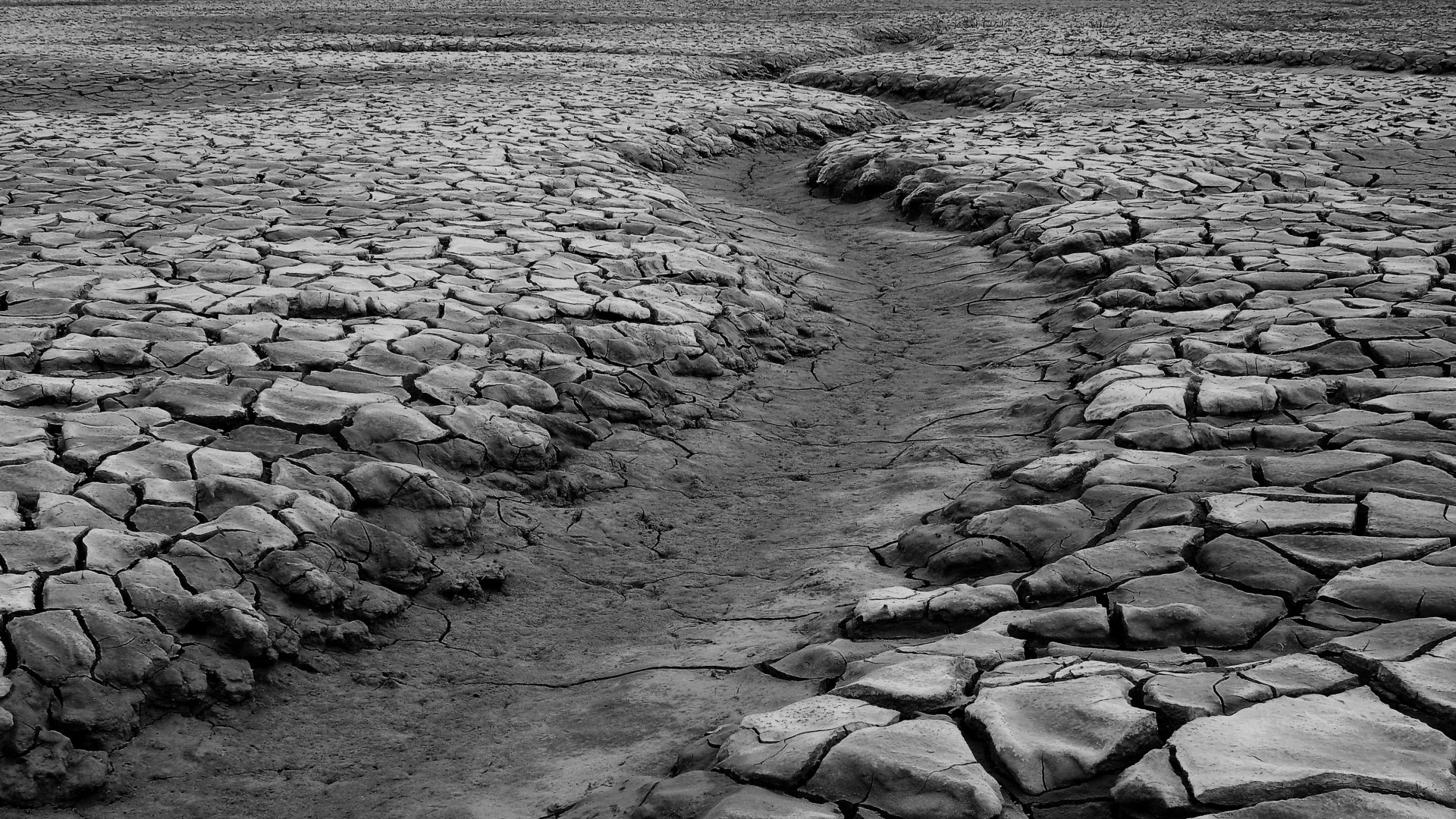The Scottish Environment Protection Agency (SEPA) has published its first water scarcity report of the year, with low levels being recorded in parts of Scotland.
The southern half of the country has reached early warning stage and businesses which abstract water should consider how they can be more efficient to protect both the environment and their own operations.
It comes after dry conditions across Scotland in March, with only half of the long-term average monthly rainfall. Groundwater levels at monitoring sites in Fife and Angus are particularly low. Normal amounts for this time of year would have benefited river flows, topped up reservoirs and provided moisture in the soils.
SEPA is responsible for the forecasting, monitoring, and reporting of the situation facing Scotland’s water resources and produces weekly water scarcity reports between May and September.
Head of Water and Planning at SEPA, Nathan Critchlow-Watton, said: “Water is a resource that underpins key industries right across Scotland, including farming, food and drink production, energy and golf.
“We’re already seeing the effects of climate change. Last summer, the North and West of the country experienced its driest April-September in 160 years, while for the whole country it was the second driest on record for the same period. With a decrease in summer rainfall expected, we have to be prepared for increased pressure on Scotland’s water resources, perhaps in places that have never had to deal with water scarcity before.
“Water abstractors licensed by SEPA must have a plan to deal with water scarcity. They should monitor their water usage and equipment to ensure they are minimising use and operating at maximum efficiency.
“Our aim is to work with businesses to do the right thing and protect Scotland’s water environment. We can provide advice and guidance on steps to reduce pressure on rivers at risk of drought. Taking action now will reduce the likelihood of SEPA resorting to regulatory action.”
Businesses can take steps to protect water supplies by planning ahead, reducing volumes and irrigating at night where possible. Operators should also work together to stagger abstractions.



